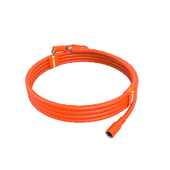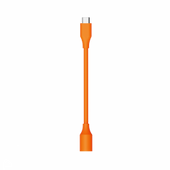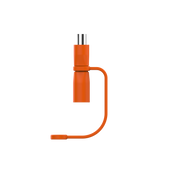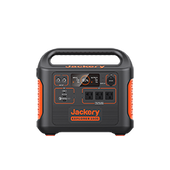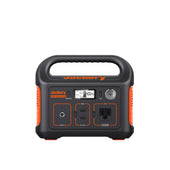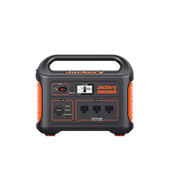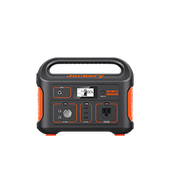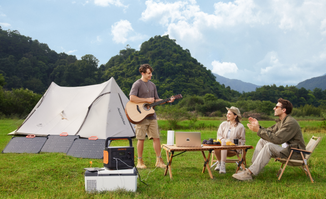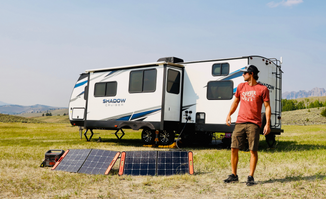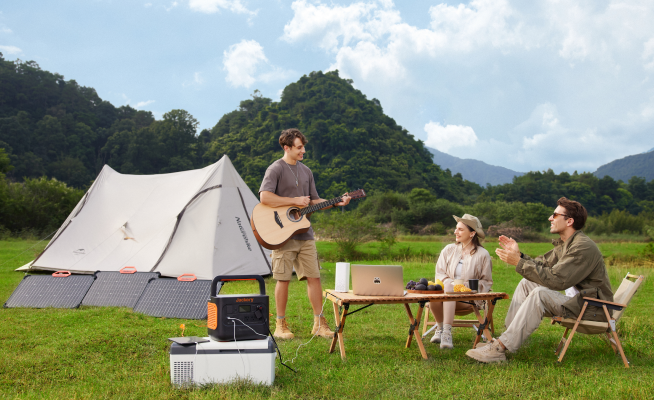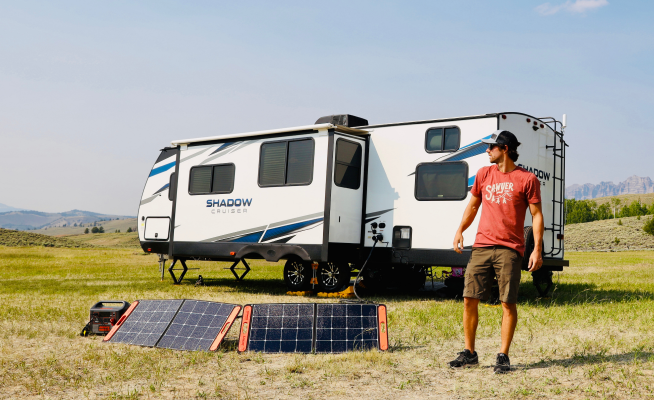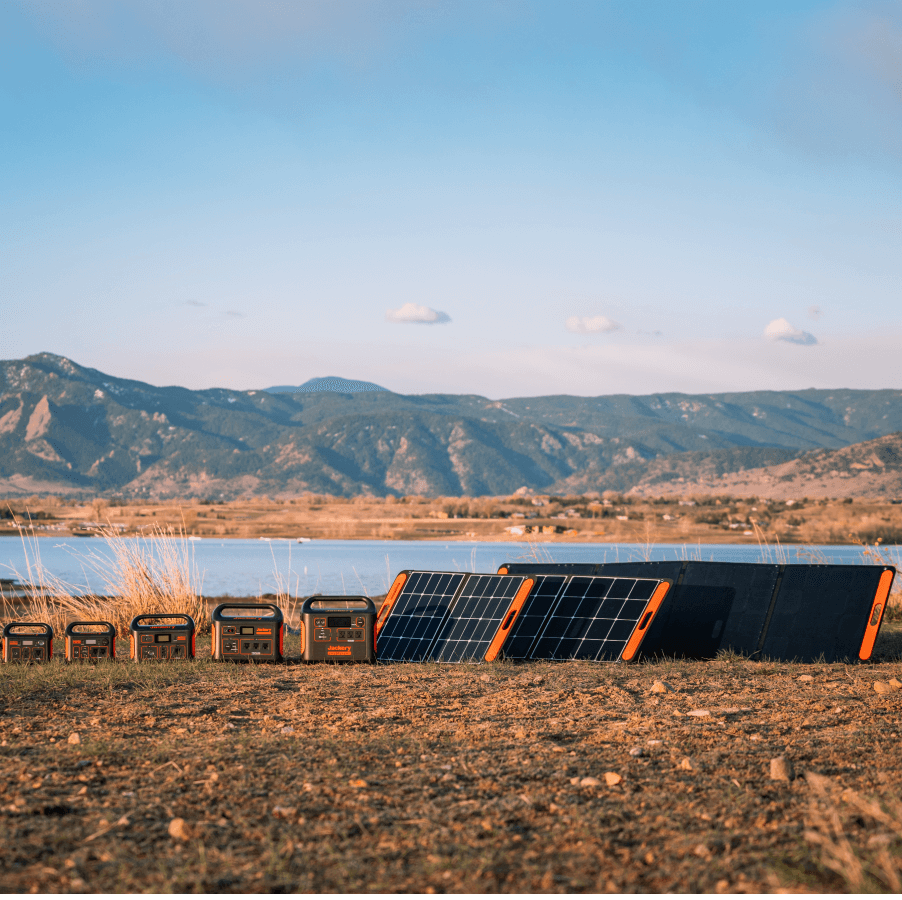The concept of the digital nomad has evolved steadily over the past two decades, shaped by advances in technology, a shift in workplace culture, and the increasing feasibility of location-independent careers. During the global pandemic, many professionals were required to work remotely, which proved that productivity was possible without the constraints of traditional office environments. This realization prompted a broader shift, encouraging more individuals to adopt a mobile lifestyle and explore remote work beyond their home countries.
However, every single digital nomad needs a consistent electricity supply to keep their gadgets up and running. This is where the role of a portable backup generator becomes really important, as it helps you meet all the deadlines and work without worrying about power availability in off-the-grid locations. Jackery manufactures highly capable portable solar generators for home and outdoor that will provide you with reliable power so that you won't run out of electricity, irrespective of wherever you go.
Lets see what is a digital nomad and what you need to look for to become a professional digital nomad.
Common Digital Nomad Career Fields
Digital nomads share a set of defining characteristics that distinguish them from traditional remote workers. First of all, all of them make an intentional choice to remain geographically flexible. Their professional lives are structured to function independently of a fixed location, and they are often highly self-directed and accustomed to managing their time, output, and environment without constant oversight.
This lifestyle requires a high degree of adaptability. Time zone differences, cultural shifts, and fluctuating access to resources demand that digital nomads remain resourceful and capable of solving problems independently. Most of them build systems that allow for continuity in their work despite changes in surroundings.
Discipline is another recurring trait. While the lifestyle may appear highly attractive from the outside, success as a digital nomad depends on the ability to consistently deliver work of professional quality, often under non-standard conditions.
Finally, digital nomads are typically comfortable with a minimalistic approach to possessions and workspace. Most reduce their dependence on physical infrastructure and favour mobility over convenience. They optimize their equipment, choose essential tools carefully, and learn to work efficiently with less material stuff because they know that they won’t find all the conveniences everywhere.
Specific fields that are common and suitable for digital nomads.
Digital nomads can be suited to a wide variety of professions. These roles often involve tasks that can be executed entirely through digital channels, require minimal face-to-face interaction, and provide autonomy over schedule and deliverables. Common career fields include:
- Software Development and Programming
- Content Writing and Copywriting
- AI development
- Youtube Automation
- Digital Marketing and SEO
- Graphic Design and UX/UI Design
- Virtual Assistance and Executive Support
- eCommerce and Dropshipping
- Online Education and Tutoring
- Consulting and Coaching
- Translation and Localization Services
- Cryptocurrency and Blockchain Roles
- Data Analytics
- Data Entry
While the list is far from exhaustive, these career paths consistently appear across digital nomad communities due to their compatibility with a mobile lifestyle, strong income potential, and the capacity to scale or evolve over time.
How to Become a Digital Nomad: Step-by-step Guide
If you have a viable career and intend to become a digital nomad, here is a step-by-step guide on how to do it.

Step 1: Choose Your “Base”
Before setting off, you need a starting point. This is not necessarily your permanent location, but it serves as your first stable ground. For most people, it is their home country because it makes a lot of administrative things easier for them. Here are the things you need to take care of at this stage:
Your passport is your most essential document. Check its expiration date and make sure it’s valid for at least six months beyond your intended period of travel. Some countries will deny entry or visas if this condition is not met. Renew it well in advance if necessary, especially if you plan to apply for long-stay permits.
Every destination has its own set of visa policies. Canada has a strong passport, which allows you to visit 186 countries either visa-free or with visa-on-arrival. The strong nature of the Canadian passport puts the country’s digital nomads in a really strong position. Always make sure that the visa you are applying for allows you to do internet nomad jobs.
Taxation as a digital nomad can become complicated quickly. You may still owe taxes in your home country, depending on your citizenship and how long you stay abroad. Some countries have double taxation agreements, while others may attempt to tax your global income after you stay past a specific threshold. A consultation with an international tax advisor early on can save both money and stress later.
Travel insurance is not a substitute for proper health coverage. Most travel policies focus on emergencies, not regular healthcare. Instead, opt for a plan that covers outpatient care, chronic conditions, and repatriation.
Sustainable long-term travel depends heavily on cost management. Research actual living expenses, not just the average prices of your target destination. Use tools like Numbeo or Expatistan and cross-reference them with firsthand accounts from forums or community reviews. This will allow you to better plan your finances throughout your travel.
Step 2: Involve Your Employer
If you are not self-employed, keeping your employer involved from the beginning is a good approach and sometimes even necessary. Don't wait until you have already relocated to inform them. Remote work policies vary, and in some cases, international employment may trigger legal or tax complications for your employer. Set up a detailed plan outlining how you will manage deliverables, availability, and communication across time zones. Be clear about your working hours, especially if you will be working in a completely opposite timezone. Some companies may require written approval or updated contracts if you are working outside your home country for extended periods. Ask whether your current benefits, especially insurance and tech support, still apply once you leave your home region.
Step 3: Lighten Up Your Equipment Setup
A mobile office must be efficient, compact, and durable. You cannot afford to carry unnecessary gadgets or rely on fragile tools that break in transit. Having said that, cutting corners on quality can hurt your productivity, so always select gear with care. Here is all you need to know about how to prepare your equipment.
Start with a reliable laptop that can take good care of all the work that you need to do. Internet access is equally critical. Use a combination of local SIM cards, portable hotspots, and Wi-Fi signal extenders to stay connected in places where networks are weak or inconsistent. Cloud-based tools and secure VPN services help maintain both productivity and privacy.
Power availability is not guaranteed in every location. Outages, weak sockets, or lack of access can disrupt your workflow. For that reason, portable power has become a serious asset for digital nomads. Jackery’s portable solar generators offer a compact, reliable, and efficient way to keep all your devices charged so that you are never bound to any specific location just due to the lack of electricity.
These are the physical essentials that quietly support your entire setup. A durable, weather-resistant backpack with proper internal padding protects your equipment through airports, bus rides, and unexpected downpours. Add a universal power adapter, a compact laptop stand, and a reliable cable organizer to keep everything functional and accessible. Though easy to overlook, these items reduce friction in daily routines and help maintain efficiency when moving from one workspace to the next.
Step 4: Find Your Community (like-minded)
Working independently does not mean staying disconnected. Building a network of like-minded professionals adds structure, accountability, and support to the digital nomad lifestyle.
Coworking spaces are a reliable starting point. They provide not only functional work environments but also access to local and international communities. Online platforms like Nomad List, Meetup, and location-based forums help you connect before arrival. Surrounding yourself with others who understand the demands of remote work brings both professional value and personal balance, no matter where you are.
Step 5: Don’t Forget the Details
Minor oversights can cause major disruptions when you are living and working abroad. Taking care of the small details early makes your setup more resilient and your routine more stable. Here are some important things that you must not overlook.
Not all banks operate smoothly across borders. Set up international-friendly accounts with platforms like Wise, PayPal, Payoneer, or Revolut to manage multiple currencies and reduce fees. Always carry a backup card and keep emergency funds accessible.
Verify that your coverage applies to every country on your itinerary. Look for international plans that include outpatient care, emergency evacuation, and extended stays. Some visa applications may require proof of insurance, so documentation should be ready in advance.
Adjusting to new time zones takes planning. Avoid scheduling important calls immediately after long flights. Take time to understand local customs and business etiquette and get yourself comfortable with the local circadian rhythm before settling into a full work schedule.
Digital Nomad Visa: How Much Do You Know?
Canada welcomes remote workers under its visitor visa framework. Since July 2024, digital nomads have been officially allowed to live and work remotely in Canada for up to six months, provided they are employed by a non-Canadian company or are self-employed with clients based outside Canada.
There are two main visa types used for entry:
- Temporary Resident Visa (TRV) for nationals of countries requiring a visa
- Electronic Travel Authorization (eTA) for citizens of visa-exempt countries
Applicants must show they have a valid passport, financial stability, health insurance, and no intention to work for Canadian employers.
Brief Introduction of Visa Policies in Europe and Some Other Popular Countries
Europe is one of the most popular destinations for digital nomads. This is why the European Union is launching a unified EU Digital Nomad Visa covering six countries to welcome more and more digital nomads. This initiative simplifies the process for remote professionals seeking temporary residence in Europe by offering standardized requirements and faster processing.
To qualify, applicants typically need:
- Monthly income of around €3,000 (this can vary slightly from country to country).
- Proof of employment with a non-EU company or self-employment
- Health insurance
- Clean criminal record
- Accommodation details for initial stay
Each participating country offers unique benefits such as:
- Portugal: Scenic coastlines and relaxed lifestyle
- Estonia: Strong digital infrastructure
- Spain: Flat 15% income tax rate
- Greece: 50% income tax reduction for up to seven years
- Malta: Potential tax exemption on foreign income
- Croatia: Affordable living and growing nomad support
Jackery Solar Generator: Ideal for Digital Nomads
Digital nomads always need reliable access to power for a wide variety of purposes. Jackery understands this need and brings two highly reliable options for every type of digital nomad. These options include:
The Jackery Explorer 100 Plus Portable Power Station is built for mobility without sacrificing functionality. Weighing just under 1 kg, this unit fits easily into a backpack, making it ideal for air or rail travel. It delivers a 99Wh capacity with dual USB-C PD output and one USB-A port, which are enough to charge a smartphone up to six times or a MacBook Air for several hours.
Its lithium iron phosphate (LiFePO₄) battery guarantees longevity, rated for 2,000 charge cycles while retaining 80% of its original capacity. Safety is a core design element, with built-in protection against temperature, voltage, current, and short circuit risks. The device is constructed from flame-retardant materials and withstands minor drops and bumps.
It charges fully in 1.8 hours via AC and in approximately 2 hours using a 100W solar panel. The power station is also travel-approved under UN 38.3 guidelines, making it suitable for carry-on without special permissions on most airlines.

If you have higher power needs while staying mobile, the Jackery Explorer 300 Plus Portable Power Station offers a significant upgrade. It provides a 288Wh capacity with a 300W output, supporting everything from camera gear and laptops to lights and gaming devices. The dual 100W USB-C ports enable fast charging for multiple devices simultaneously, which is ideal for digital nomads working with high-performance setups.
This power station remains lightweight at just 8.27 lbs and fits easily into most travel backpacks. The power station uses the same long-life LiFePO₄ battery, combined with advanced protection systems and a fire-retardant build. It also includes smart app integration via Bluetooth or Wi-Fi, giving users detailed control over battery usage and status monitoring directly from their smartphone.
It reaches 80% charge in 1.35 hours through wall charging and in around 7.5 hours using a 40W solar panel.

Wrapping-Up
The digital nomad lifestyle offers freedom, flexibility, and an opportunity to travel the world, but it demands planning, discipline, and the right tools. From choosing the right visa to securing reliable power with Jackery’s portable solar generators, every detail matters. With the right setup and mindset, working from anywhere becomes more than a possibility.






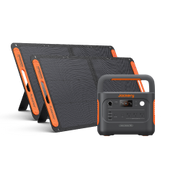


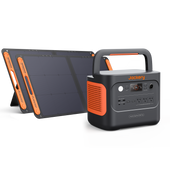

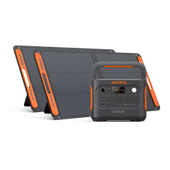
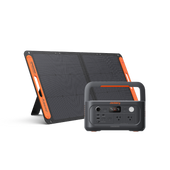
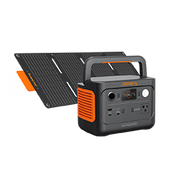
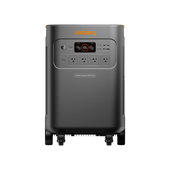
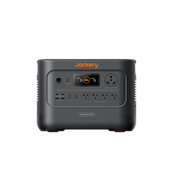
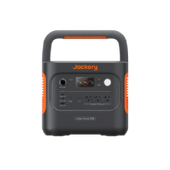
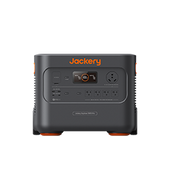
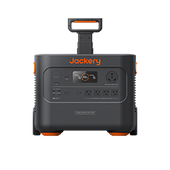

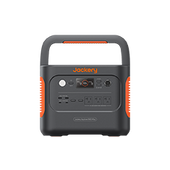
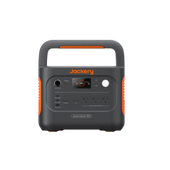
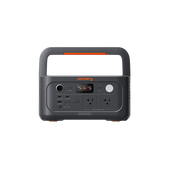

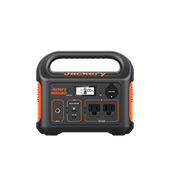
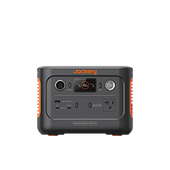
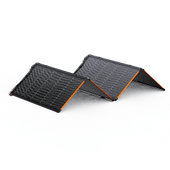
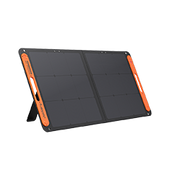



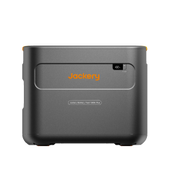

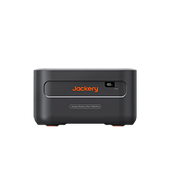
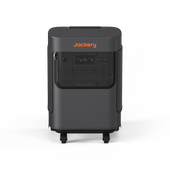
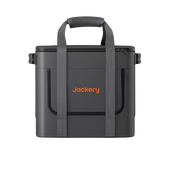
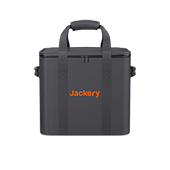
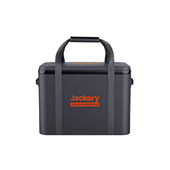
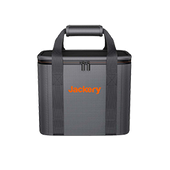
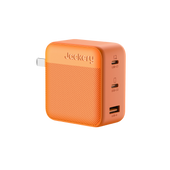
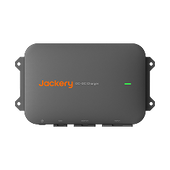
![[Add-on] Jackery Manual Transfer Switch for Explorer 5000 Plus](http://ca.jackery.com/cdn/shop/files/add-on-jackery-manual-transfer-switch-for-5000-plus-240V.webp?v=1757043692&width=170)
